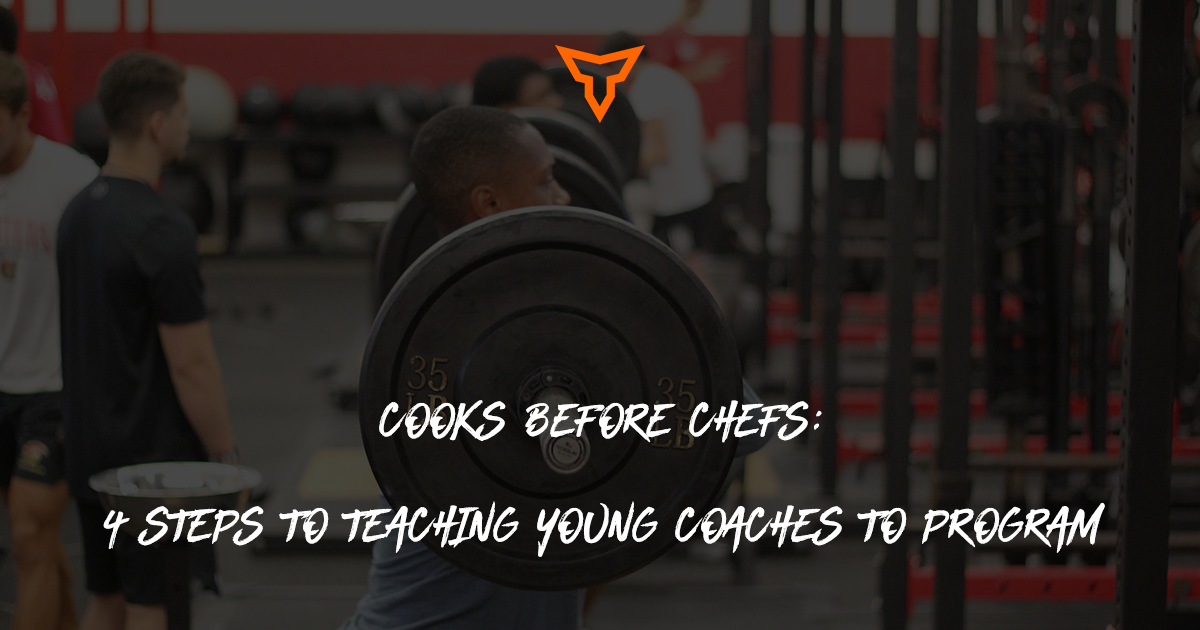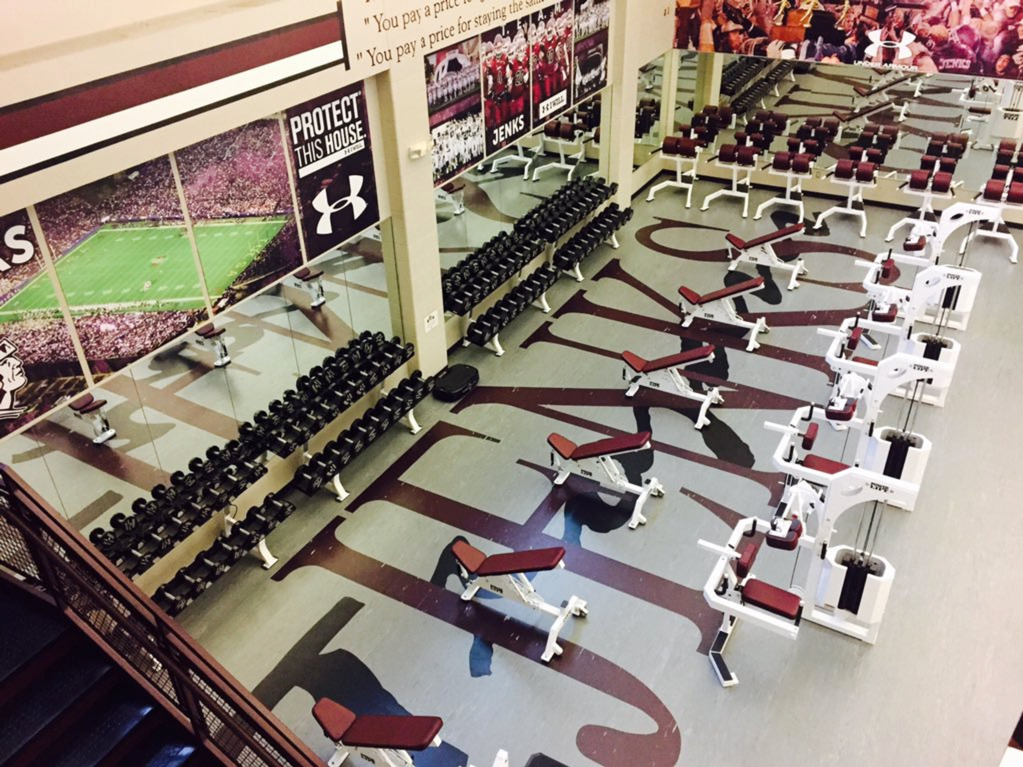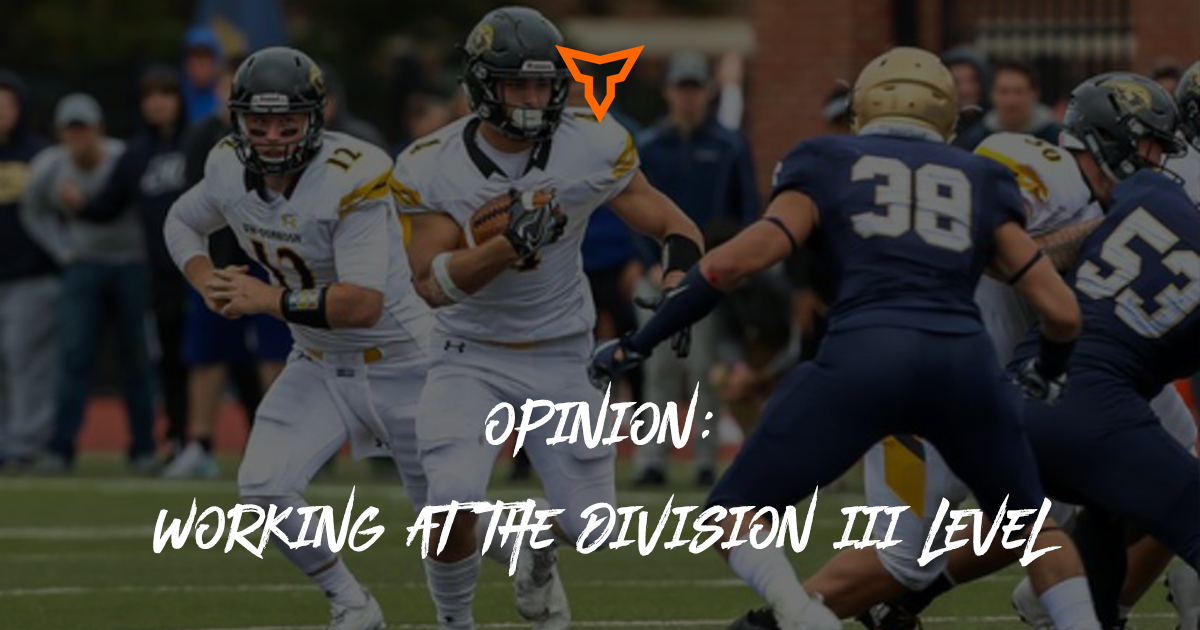How do you evaluate the effectiveness of a college strength and conditioning program? That's one hell of a question and I don't know if there's an answer that will fit everyone’s situation. This topic hits home a little bit more for me than some of the other topics I’ve written about because a few weeks ago I had a meeting with the Bob's. If you don't get the reference, it’s from a movie called Office Space for the main character meets with two consultants named Bob. The Bob's are employed to figure out what people can be laid off to save the company money. How do they decide who stays and who goes? They start by asking the question of “What do you say...you do here?” In my case, I didn’t have to go and meet the Bob’s, but I did have to meet with the Higher Learning Committee. This is the governing body that all universities have to answer to and go through periodic reviews in order to stay accredited. If we would fail, our school wouldn’t be able to award bachelor or master’s degrees anymore. This sort of conversation was happening all over campus so the success wasn’t solely dependent on my answers, but it was still important that I did a good job representing the athletics department and my athletic performance staff.
If you’ve never had to explain to someone who has no idea about what it takes to run a successful athletic program, you need to try it. You need to try it and get a rep or two of experience before you have to justify your position to someone in Human Resources who is not only going to decide if the money you are getting paid for your salary and benefits is worth it, but also how much you are going to be compensated. Unlike sports coaches, or teachers, the product strength coaches develop is not something you can immediately evaluate. It’s easy to look at the wins or the class average grades as a simple metric to measure success. It’s hard to measure the success of someone who teaches other people how to lift things up put them down, run and jump, and how to eat right.
So, how can you evaluate a strength and conditioning program then? The simplest answer is to treat strength coaches like sports coaches and look at the wins and loss records for the teams they work with. The argument for this is: If you are doing a great job in the weight room and the athletes are bigger, stronger, and faster than the opponents then we should win more games. Makes sense, right? Well, I wish I could say but everybody I've worked with have all won conference and national championships. That’s what I wish I could say. If you’re like me, you get the chance to work with some of the best kids in the world. They do everything that's asked of them, give fantastic effort, and get at times they struggle to have a winning season. Why are these people not guaranteed to have success? There’s a lesson that I learned long ago: Hard work doesn’t guarantee success, it only removes the guarantee of failure.
If we are not going to look at wins and losses as a way to evaluate the effectiveness of the program, what about injury rates? One of the reasons why athletes should lift is that they stay healthier because stronger tissues are happy tissues. And yes injury rates might be effective as part of the measure have a strength conditioning program, but it shouldn't be the only one. For years we went by without having any pulled hamstrings or groins with the returning athletes. Then all of a sudden, one year we had multiple hamstring pulls on three different teams within a couple of days. All of these were non-contact injuries which drove me crazy because I couldn’t explain why they were getting hurt. The programming didn't change. The warm-ups didn’t change. All of the injuries happened in the middle of practice on warm, comfortable days. To this day I still don't know what changed or what was different but if I was being evaluated solely on our injury rates I might have gotten a pink slip after those injuries.
This last method is beginning to gain popularity in how to evaluate programs in an athletic department is by using an athlete survey at the end of their competitive season. Our athletic department started doing this a few years ago and there are a couple of questions revolve around myself my staff and our ability to improve the athletes’ performance. I do appreciate our athletic administration trying to find a way to allow the athletes to evaluate their programs to identify things we are doing well at and the other areas that we need to get right. While I personally take a good look at the results, but I don’t share them with my staff. Before you get too confused, I do so simply because I want the staff to do their jobs without hesitation. The last thing I want to see is my staff letting things slide because they falsely think that the athletes will give them higher scores based on their popularity, not on their coaching ability.
You just read three different ways that are used to evaluate a strength and conditioning program. They all have strong points, but I view them as far from perfect. I’m going to show you what I use to evaluate the success of my program which is also what I use with our administration to help them evaluate how I’m doing. Ready? Here we go!
Whoever said, don’t count your chickens before they hatch must have never had a good understanding of how the law of averages works. If you have 3 chickens, you can expect an average day to have 2 eggs laid. Sure some days might have more other days less, but that is how averages work. Now bring this idea to a strength and conditioning program. If you are an athlete that I work with and have completed a four-week strength program, I can expect an average improvement of 3% to 5%. Once you have an idea of the average range of improvements, you can use that as a way to measure your effectiveness. If athletes are meeting or surpassing that average expectation, then things are on the right path. If there are athletes that are failing to meet those expectations, then I need to take a hard look at myself, our staff, and the contributing factors that might have made the difference and make a change. That chance can range from the type of program and, at times, removing a coach who has failed to connect, motivate or hold athletes to my standards.
Using the law of averages is just one part of the evaluation process. I believe that what makes America great is the philosophy that our country was founded on. Everyone that has worked to become successful in America has followed a simple formula. Find something. Experience it. Make it better. Make a profit. What makes this story remarkable is that everyone in the story succeeds by taking some of their personal resources and use them to make whatever they found better. When I’m talking to my staff with their evaluations and getting evaluated by the Athletic Director myself, I bring up the idea of what are we doing to make things better. Think about it for a second. What have you done recently to improve something that you are involved in? It can be something as simple of improving a warm up or cool down. It could be a little more skilled like revamping a website or social media account. It could be as complex as improving a team’s pre and post-game meals or starting up a clinic at your gym. We all have skills that are unique to ourselves. It doesn’t matter what your skills are if you want to be valuable to your organization, it is up to you to put them to work and using them to do more than what is than what you are getting paid for. When you start getting the reputation of doing more than what is required, you are going to be seen in a much different light. Once you are known for doing more than what you are getting paid for, like just improving the physical skills of athletes, it makes getting evaluated an easy task.
The last part of the evaluation process is best summed up with this quick story.
CFO asks the CEO: What happens if we spend money on training our people and they leave?
CEO: What happens if we don’t and they stay?
Within that last question is the most important way I ask to be evaluated. What are the people that are coming here to work with us doing when they leave? The grim reality of the D3 world is that here is our staff model. You have my full-time position, a part-time paid assistant that works full-time hours, and some undergraduate interns. The way our staffing model is set up guarantees that people are going to leave either because they have graduated or they are tired of working full-time hours for a part-time paycheck. The last way I ask our athletic director to evaluate my program is to look at what people are doing once they leave. If the program is not setting people up for success when they leave, then how can it be effective? Sure, we have had some people who got out of the profession after their time was done. On the other hand, we have had more people leave to take good positions and where they are making a long-lasting impact with their new jobs.
Whatever the reason we got into this profession, we all have the same problem. At some point, someone who doesn’t understand strength and conditioning is going to evaluate our program and how we are doing like the Bob’s. I doubt that you have an athletic director or someone in Human Resources that was a former strength coach. If you do...then don’t leave! That is the absolute best case scenario for getting evaluated because they understand what the job is and does. For the rest of us, we are going to have to help those people see the value in what we do not just for the athlete but for the school itself.
I gave you six examples of how we can measure the effectiveness of a college strength and conditioning program. Three of the examples have some very distinct flaws to them. The other three are ways that I am evaluated and use as a self-evaluation. If you have another way to we can use to measure the effectiveness of a college strength and conditioning program, leave it in the comment section below. Evaluating what we do as strength coaches is such an ambiguous topic, we all need to share our thoughts and experiences to help each other have these conversations with our administration. And that starts by sharing what works or doesn’t work for you.
Subscribe to our blog
Subscribe to receive the latest blog posts to your inbox every week.
Related posts

Cooks Before Chefs: 4 Steps to Teaching Young Coaches to Program

Efficiency Hacks for Your Strength & Conditioning Program


